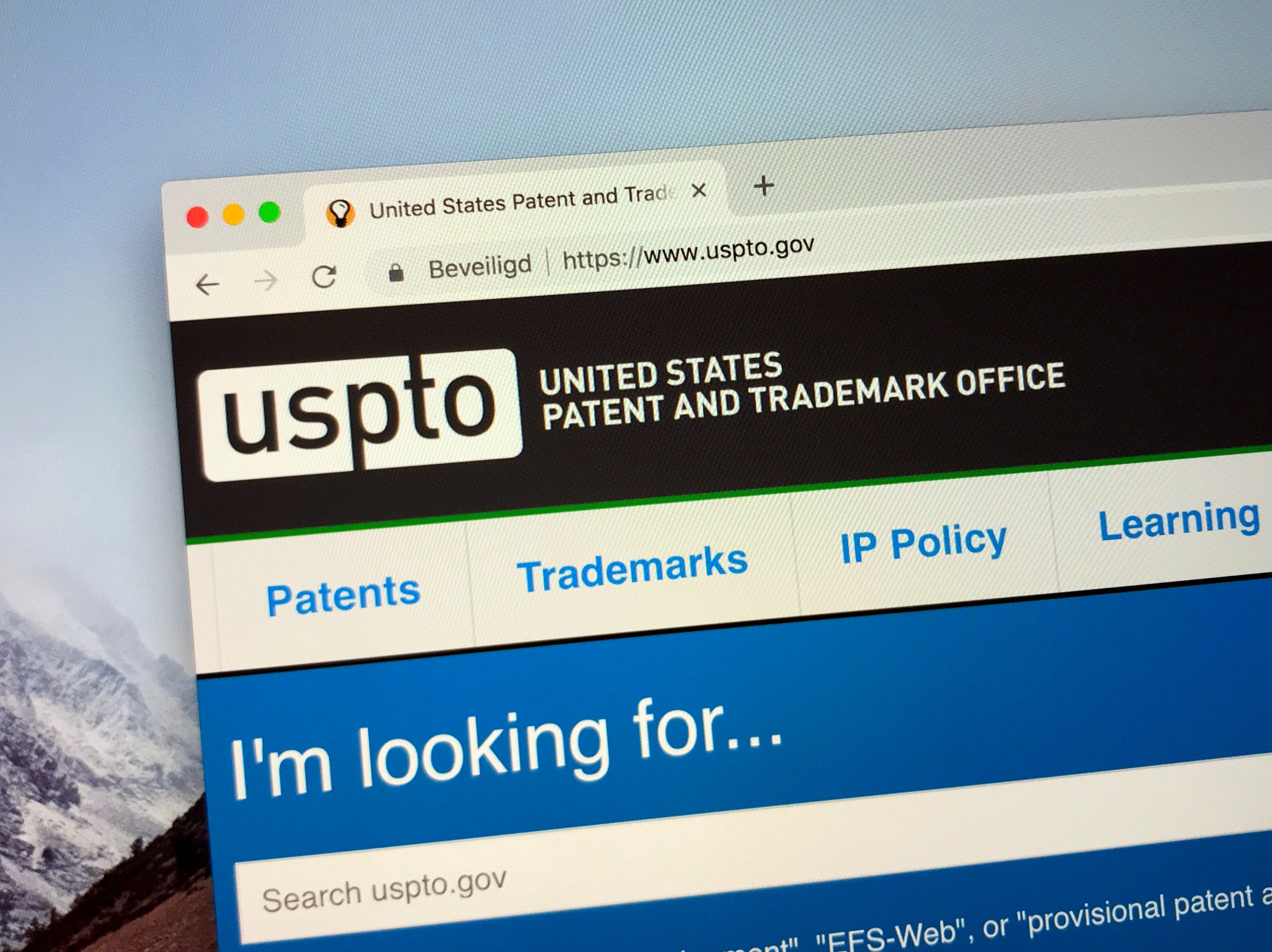The United States Patent and Trademark Office (USPTO) plays a crucial role in protecting trademarks. A key factor in trademark registration is the concept of relatedness of goods. This concept determines whether a proposed trademark for one product could cause confusion with an existing trademark for another product.
The Core Principle Behind Relatedness in Trademark Law
The core principle behind the relatedness of goods is the concept of “likelihood of confusion,” where the USPTO strives to prevent consumers from mistaking similar trademarks for products originating from the same source. Imagine a scenario: a well-established sock brand, known for its catchy “Happy Feet” tagline and logo, attempts to expand into the hat market. However, another company applies for a trademark for hats with a logo strikingly similar to “Happy Feet.” Could this lead to confusion for consumers, mistakenly believing the hats are an extension of the beloved sock brand? This is precisely the kind of situation the USPTO aims to avoid.
Which Factors Determine Relatedness?
The USPTO considers several factors when evaluating relatedness of goods:
- Similarity of Goods: The closer the goods are in nature and function, the higher the likelihood of confusion. Hats and socks, while both clothing items, serve distinct purposes. This reduces the immediate likelihood of confusion compared to, say, hats and scarves (closer in function).
- Complementary Goods: Goods that are often used together or sold through the same channels are considered related. Hats and socks, while not necessarily used together, might be found in the same clothing stores, increasing the potential for confusion, especially if targeted towards the same customer base (e.g., athletic wear).
- Trade Channels and Customers: If the goods are sold through similar channels or target the same customer base, the likelihood of confusion increases. Both hats and socks are typically sold in clothing stores and might be targeted towards similar demographics (e.g., young adults), further increasing the potential for confusion.
- Strength of the Existing Trademark: A strong, well-known trademark receives broader protection. A famous brand for socks might have a stronger case against a similar trademark for hats compared to a lesser-known sock brand.
- Applicant’s Intent: If the applicant for the new trademark intends to expand into related goods in the future, the USPTO might consider a broader range of relatedness. For instance, if the applicant for the hat trademark intends to eventually venture into socks, that might increase the chances of rejection.
What Classifies as Class 25?
The USPTO utilizes a classification system to categorize goods and services. Class 25 covers a wide range of clothing items, including hats and socks. However, the broadness of the class doesn’t automatically mean all items within Class 25 are considered related. The USPTO focuses on the specific goods within the class and the factors mentioned above.
For instance, a trademark for baseball caps might not be considered confusingly similar to a trademark for dress shoes (both Class 25) due to their distinct functionalities and customer bases.
Should I Use the USPTO Search Tool or Seek Legal Advice?
The USPTO offers a trademark search tool to help identify potential conflicts. However, due to the complexities involved, consulting a trademark attorney is highly recommended. An attorney can analyze the specific goods, the existing trademarks, and the relevant factors to provide a more accurate assessment of relatedness and the likelihood of confusion.








